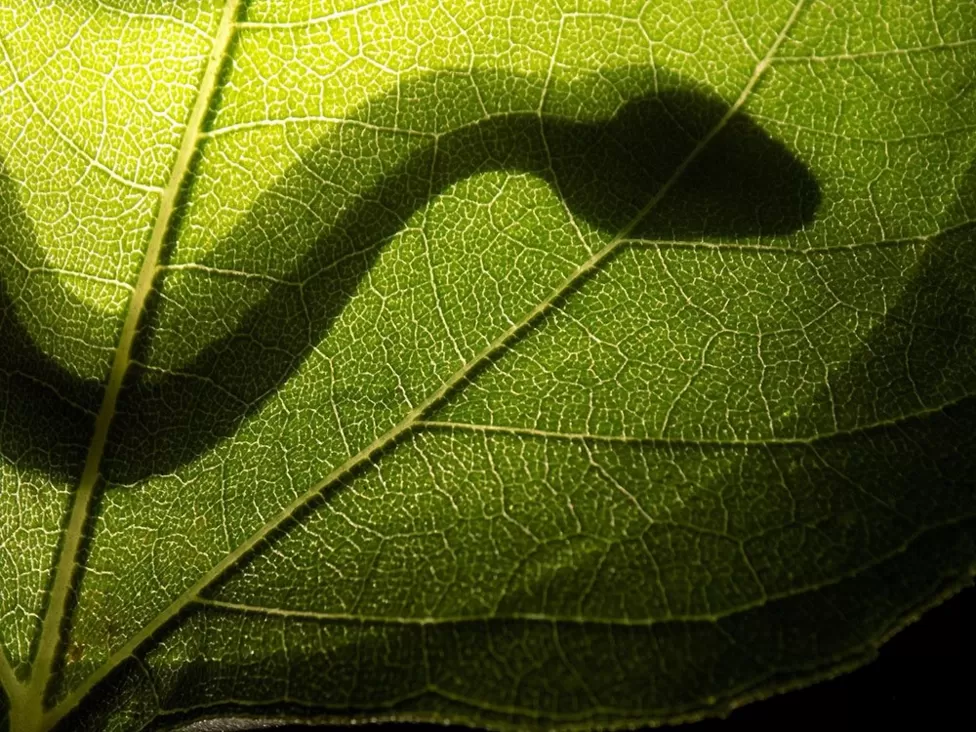The Snake of the World

In its natural habitat, the snake is as beautiful as any other creature. The snake of the world, however, emerges from the shadows of the psyche as slithers of past, vitally attached to the sensual experience in the flesh. The presence of the snake is registered as a drumming of excitation that gains momentum through the rising intensity of sex or any other self-gratifying experience. The snake of the world is always looking to enter existence, which it does with remarkable ease, assisted by people’s insatiable appetite for emotional experience regardless of the cost in human suffering.
There are many examples of the snake in action in everyday life. Whenever a group of people are seated together, particular young men, it’s quite common that, before long, a leg starts vibrating up and down in a staccato way; this is snake energy flexing itself in the world. When a broadcaster mentions the word ‘millions’ in connection with money, the accent on the first syllable is often held (not unlike the salivating rasp of the Hannibal Lecter character in ‘The Silence of the Lambs’). Apart from sex, the snake appears most graphically in connection with food, particularly the advertising of succulent dishes oozing with mouth watering produce. Then there’s the snake of curiosity which often goads the person to interfere with things which don’t concern them.
The snake, being a psychic entity, is able to split itself into innumerable parts as a means to disguise its position within the mind and emotional body. For a carnivore, a meat snake can develop as an attachment to eating animal flesh. Or an alcohol or narcotic snake which rises up for a feed of the finest energies of the vital being. Some people’s bodies can be host to hundreds of snakes, each primed to subvert a specific part of the living life. In nature, snakes disguise themselves through camouflage and seek the long grass to remain undetected by preying eyes. Similarly, the snake of the world blends into society with great stealth until ready to pounce on its prey. This snake, of course, is the sexual energy of the past seeking to repeat the experience in whatever way possible. Sex as experience can be repeated, whereas love is always discovered anew in the immediacy of the moment.
In the biblical myth of the Garden of Eden the snake was depicted as Satan, who persuaded Eve to eat of the tree of knowledge. But in the Gnostic gospels the snake was attributed to Sophia, the Goddess of Wisdom, who knew the truth of the tree of knowledge and what was necessary for the principle of Man and Woman to become gods in their own right. In myth, the serpent is not the snake. The serpent signifies profound knowledge of existence, whereas the snake profanes life on earth. The transformation from sex to the original state of love parallels the change from snake to serpent power, which unites both inner and outer realms. This is symbolised by the ouroboros as the serpent which swallows its tail.
It appears you are talking about human desire and the natural expression of the human psyche which leads to suffering but worth momentary pleasure. Would it be correct to say that if we do not develop an intellect that refuses desire and weakens sensual gratification, we could suffer less and live more?
Desire is a natural function of life on earth. The tree desires water and its roots will extend as far as necessary to reach a source of water. Human desire when emotionalised becomes personal wanting which is opposed to what someone else wants. When what is wanted is denied or not possible, the person suffers. Multiply this effect by the billions of people living an emotional way of life and the result is the enormous collision of force and conflict which appears as the world at large.
When someone begins to more responsible for their life in ways that I suggest in this teaching, such as being grateful for what they have in their lives and practising being more conscious and alert in the senses, whatever needs to be changed to bring about a deeper perception of existence happens. My e-books and videos give practical guidance on how this can be applied to the life. I am also available for online consultations for one-to-one teaching.